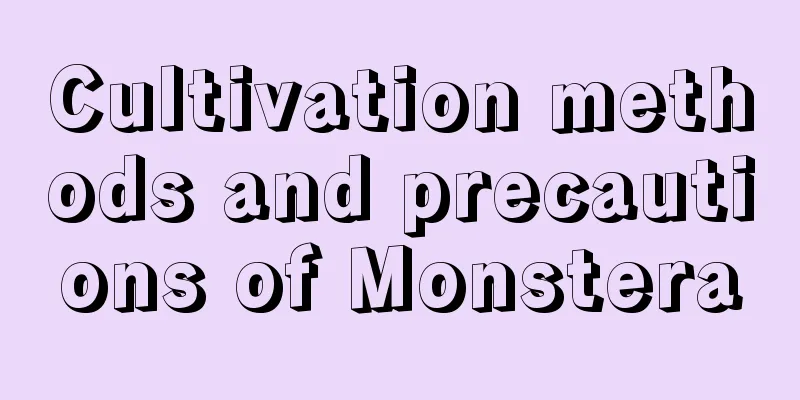Nectarine cultivation methods and precautions

1. Maintenance methods1. Soil: If you are planting nectarines in potted plants indoors, you need to use soil with good air permeability. The flowerpot should be made of clay, and then a porcelain pot should be placed on the outside. The soil can be two parts of garden soil plus two parts of decomposed farm manure. For plants grown in the open field, the land needs to be prepared when the garden is established. First, the soil needs to be turned over to a depth of about 25 cm, and then the soil needs to be exposed to the sun for three days for disinfection. It should be noted that when preparing the land, base fertilizer can be put into the soil. 2. Watering: Plants maintained in the open field generally do not need watering unless it is hot and dry weather. In dry weather, water thoroughly once a week. Home potted plants need to be watered every other day, especially during the growing season. During the non-growing season, they only need to be watered once or twice a week. Water needs to be controlled during the winter. 3. Fertilization: During the growth period, it has a relatively large demand for nutrients. When the trees are young, it is necessary to use fertilizers that are mainly nitrogen fertilizers and supplemented with potassium fertilizers. After entering the fruiting period, compound fertilizers should be used, because compound fertilizers have more comprehensive nutrients and can meet all the needs of the plants. 4. Light: The sunlight in the south is relatively strong, so you should choose varieties that are easy to mature early. The daily light exposure should be maintained at four to five hours, otherwise sunburn will easily occur. 2. Breeding techniques1. Potting: Nectarines grown at home need to be potted, which is usually done between the Spring Equinox and Qingming Festival. After plugging the eyes of the pot with tiles, fill one-third of the pot with soil and compact it. Then trim the roots of the plant to be planted and put it directly into the pot. After the roots are stretched out, cover them with soil and compact them, then water them thoroughly. 2. Pruning: It needs regular pruning, especially during the growing season, when the tender branches need to be pinched to promote the growth of short branches. In the spring of the second year, some extension branches should be pinched to ensure light transmission and ventilation. 3. Problem Diagnosis1. Pests: The main pests that harm spiders are borers. You need to use quicklime and sulfur powder, add water and boil them into calcium sulfide, and then spray the trees to kill the insects. 2. Pathology: The main diseases that harm nectarines are leaf curl and gummosis, which need to be diluted with lime sulfur and then sprayed on the plants for prevention and control. IV. Other issues1. Edibility: It is edible. 2. Toxicity: Non-toxic, the fruit core can be used as medicine. |
<<: Flax cultivation methods and precautions
>>: Kidney bean cultivation methods and precautions
Recommend
What causes meat to become soft?
1. Frostbite 1. Reason: Most succulents prefer wa...
When is the best time to plant roses?
When is the best time to plant roses? Generally, ...
What plants are suitable for growing on water-absorbing rocks?
Water-absorbing stone is a kind of stone with goo...
The correct way to prune grapes
Pruning grapevines is an important step in ensuri...
How long is the growth period of Tremella fuciformis?
Introduction to Tremella Growth Wild Tremella has...
Why do succulents turn black in winter?
The reason why succulents will rot in winter Blac...
What to do if the leaves of the peace lily wilt
1. Insufficient light If the plant does not see l...
What are the cultivation methods and precautions for potted Clivia
Clivia Introduction Clivia belongs to the Amaryll...
The meaning of the red spider lily, the meaning of the purple blue red spider lily
1. Introduction There are many meanings of the re...
When is the best time to plant black beans?
Many bean foods are quite nutritious, such as bla...
What are the effects and side effects of boiling guava leaves in water?
1. The benefits of boiling guava leaves in water ...
How to save asparagus fern from root rot
1. Reduce watering Reason: If you water asparagus...
How to deal with the flowering of Olivia succulent
1. Cut it off in advance Olivia's flowering w...
How to prune blueberry trees
When to prune blueberry bushes Blueberry trees ca...
How to plant tricolor bindweed
Planting method Sowing time: It can be done betwe...









